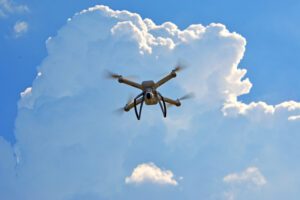
GAO Urges FAA and DHS to Enhance Support and Develop Network-Based Solutions for Effective Drone Identification and Safety Compliance
By DRONELIFE Features Editor Jim Magill
In a report issued by the U.S. Government Accountability Office (GAO), the agency found that the FAA and the Department of Homeland Security need to do more to ensure that FAA’s regulations requiring remote identification for drones accomplish the goals of helping law enforcement agencies combat unsafe drone operations, and of paving the way for the full integration of drone traffic into U.S. airspace.
The report, which the GAO compiled after about a year of study, found that the FAA “has limited resources to support tribal, state, and local law enforcement,” in the use of remote ID technology to quickly identify drone operators that are flying in an unsafe manner.
It also stated that despite FAA’s promise that Remote ID technology would help usher in an era of advanced aerial operations, “commercial drone stakeholders told GAO that a broadcast-based signal is not sufficient for providing real-time, networked data about drone location and status as needed for advanced operations.”
The FAA’s Remote ID regulation, which provides a “digital license plate” for drones, requires all UAVs weighing over 250 grams to broadcast identifying and positional information while in flight. Operators have the option of flying drones that have the Remote ID software already installed or of attaching a separate Remote ID module to their drone.
Although the FAA had initially set a deadline of last September for the regulation to go into full effect, the agency granted a period of discretionary enforcement of the regulation until March 16, 2024 to give manufacturers and operators more time to get in compliance.
Remote ID not useful for local law enforcement
The Remote ID regulation is designed in part to provide non-federal law enforcement agencies with real-time identification, location, and performance data on drones that are being flown in an illegal or unsafe manner. However, according to the report, “tribal, state, and local law enforcement agencies GAO contacted had little knowledge of Remote ID or how it could be used in their investigations.”
Currently, access to FAA’s drone database of Remote ID registration information is extremely limited. For example, on the federal level, access is provided to the FBI and to FAA’s Law Enforcement Assistance Program (LEAP) agents, who are responsible for assisting federal, tribal, state, and local law enforcement agencies on aviation-related public safety issues.
However, getting that information to the local law enforcement agencies on the ground in time for them to act on a real-life situation, such as a drone flying in an unsafe manner above a crowded football stadium, is next to impossible under the current system.
“FAA officials said that the LEAP agent is the primary point of contact for law enforcement,” according to the report. “As of January 2024, there were 25 LEAP agents nationwide with responsibilities that also include assisting with and coordinating investigations of drug interdictions or aviation smuggling.”
The FAA had told the GAO that the typical time it takes for a LEAP agent to respond to a local law enforcement agency’s request for drone registration data is 48 hours.
“FAA is developing an interface to provide drone registration information from Remote ID to law enforcement but does not have a plan or timeline for releasing it,” the GAO report states. In addition, the Department of Homeland Security (DHS) is developing an application for law enforcement to link to FAA’s interface, “but DHS similarly does not have a plan or timeline for the effort.”
Commercial drone operators complain about Remote ID’s limitations
As it was preparing the final Remote ID rule, FAA heard from drone industry players who advocated for the creation of a network-based system, such as one that relied on cellular network signals, “as a foundational piece for enabling more advanced operations.” However, citing cyber-security concerns associated with network-based systems, the FAA limited the final Remote ID rule to a broadcast-based system, which relied on Wi-Fi or Bluetooth to transmit data.
Drone industry stakeholders complained to the GAO that limiting the Remote ID to a broadcast system created limitations, including the limited range of broadcast signals, compared with a more robust network-based system. The FAA has said it would rely on the drone industry “to continue developing network-based technologies that may allow for integrating advanced drone operations.”
However, industry players have balked at having to incorporate both types of Remote ID systems aboard their drones, citing issues such as increased weight and signal interference.
The FAA Reauthorization Act of 2024, which President Biden signed into law last month, addresses this issue by requiring the FAA “to determine whether alternative means of compliance, such as network-based Remote ID, would satisfy the intent of the Remote ID final rule,” the report states.
The report makes four recommendations — three directed to the FAA and one to DHS — to address the shortcomings it found in the implementation of the Remote ID rule. It states that the administrator of FAA should:
- Develop resources to help tribal, state, and local law enforcement use Remote ID.
- Develop a plan and timeline for deploying FAA’s interface in collaboration with DHS and [the Department of Justice].
- Identify a path forward for how to provide real-time, networked data about the location and status of drones. This could include identifying and assessing short-term and long-term options and clarifying roles and responsibilities.
The GAO also recommended that the Secretary of Homeland Security should develop a plan and timeline for deploying its Remote ID app in collaboration with the FAA and DOJ.
In a letter to the GAO in response to the report, Philip A. McNamara, the Transportation Department’s assistant secretary for administration, said his department concurred with the three recommendations pertaining to FAA. A DHS official sent a response concurring with the single recommendation pertaining to his department.
The FAA and DHS will have 180 days detailing the actions they plan to take to respond to the GAO’s recommendation said Heather Krause, director with GAO’s Physical Infrastructure team
“We continue to follow up, as we do with all of our recommendations to get a sense as to when those recommendations will be addressed, Krause said. The GAO will continue to check in with the two agencies on an annual basis to ensure that they are following the report’s recommendations, she said.
Read more:
- Commercial Drone Alliance, AUVSI Release FAA’s Drone Remote ID Rule FAQ
- An Open Conversation with the FAA: Remote ID, BVLOS Rulemaking Date, and More
- Remote ID in a Real World National Security Event: Pierce Aerospace at Super Bowl LVII
 Jim Magill is a Houston-based writer with almost a quarter-century of experience covering technical and economic developments in the oil and gas industry. After retiring in December 2019 as a senior editor with S&P Global Platts, Jim began writing about emerging technologies, such as artificial intelligence, robots and drones, and the ways in which they’re contributing to our society. In addition to DroneLife, Jim is a contributor to Forbes.com and his work has appeared in the Houston Chronicle, U.S. News & World Report, and Unmanned Systems, a publication of the Association for Unmanned Vehicle Systems International.
Jim Magill is a Houston-based writer with almost a quarter-century of experience covering technical and economic developments in the oil and gas industry. After retiring in December 2019 as a senior editor with S&P Global Platts, Jim began writing about emerging technologies, such as artificial intelligence, robots and drones, and the ways in which they’re contributing to our society. In addition to DroneLife, Jim is a contributor to Forbes.com and his work has appeared in the Houston Chronicle, U.S. News & World Report, and Unmanned Systems, a publication of the Association for Unmanned Vehicle Systems International.

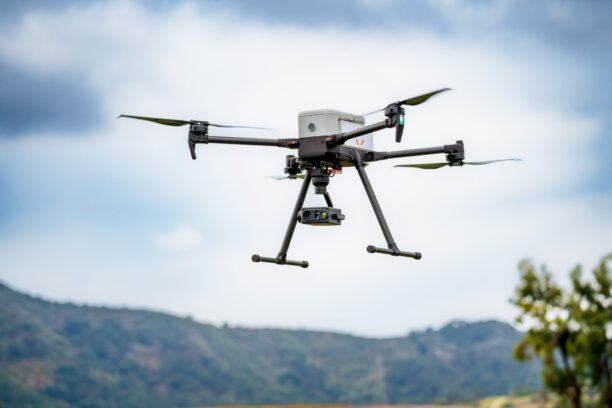
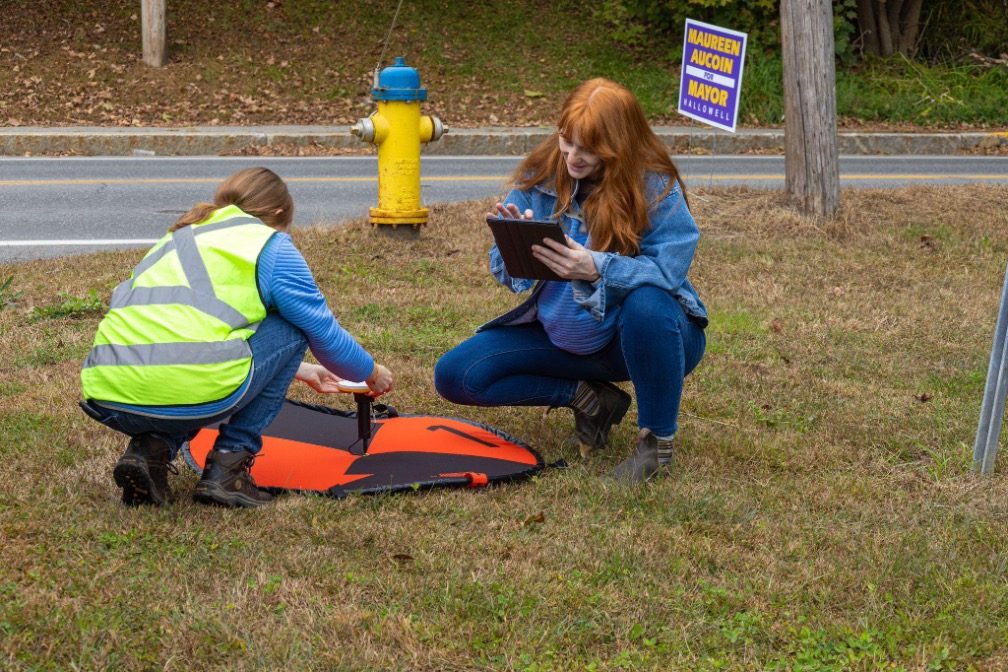
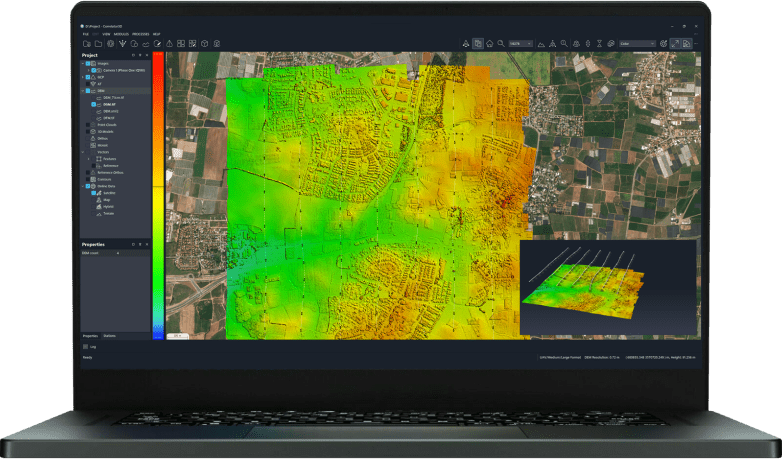
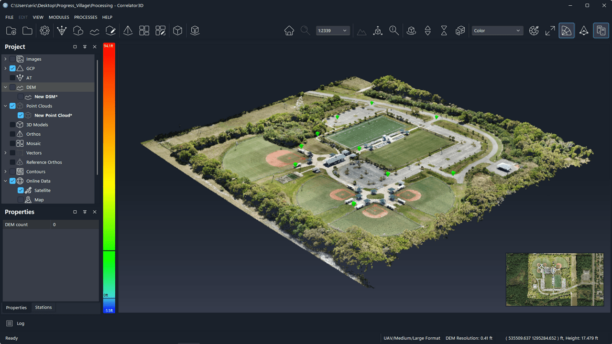
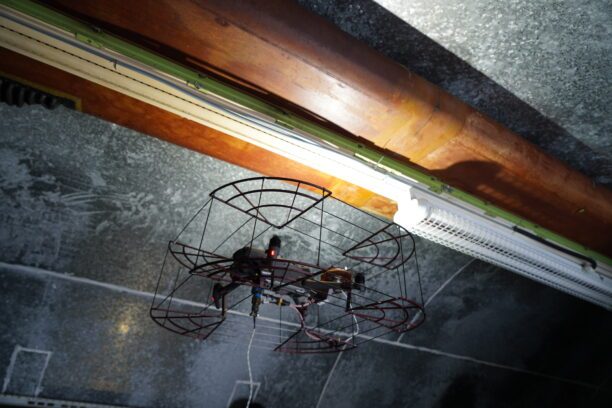
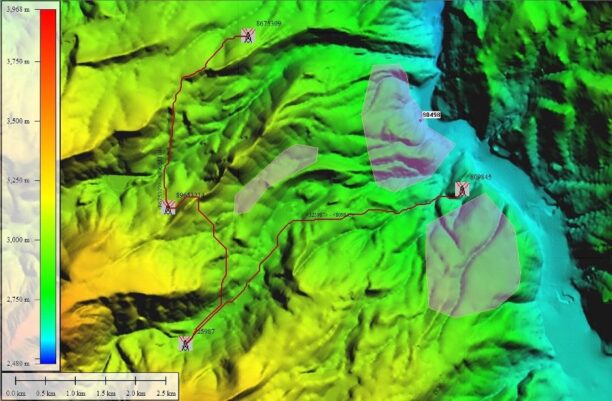
[…] Fuente […]